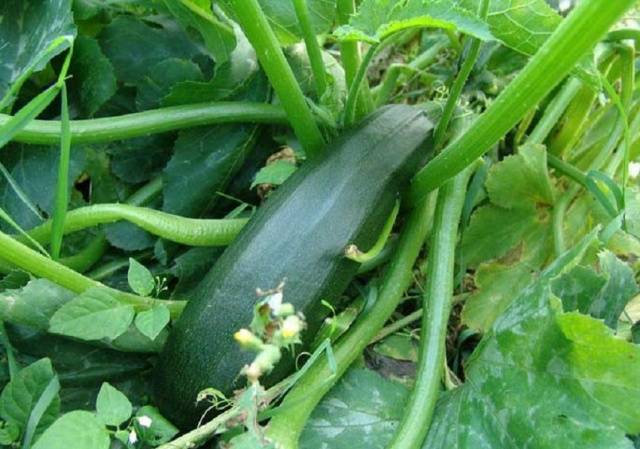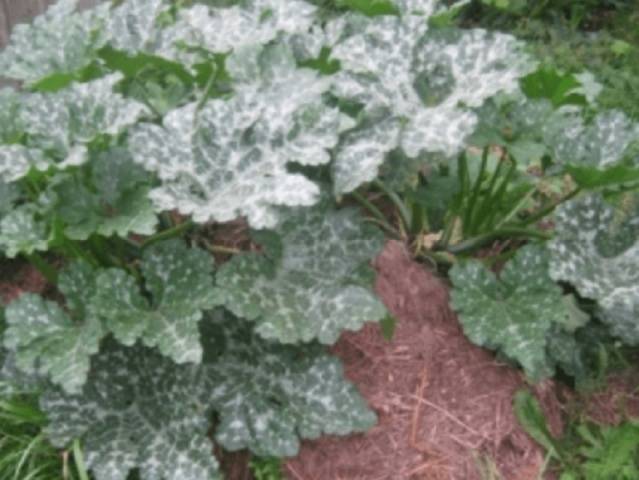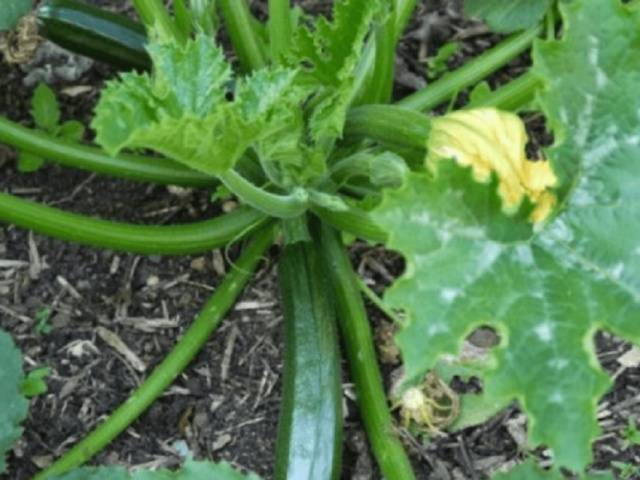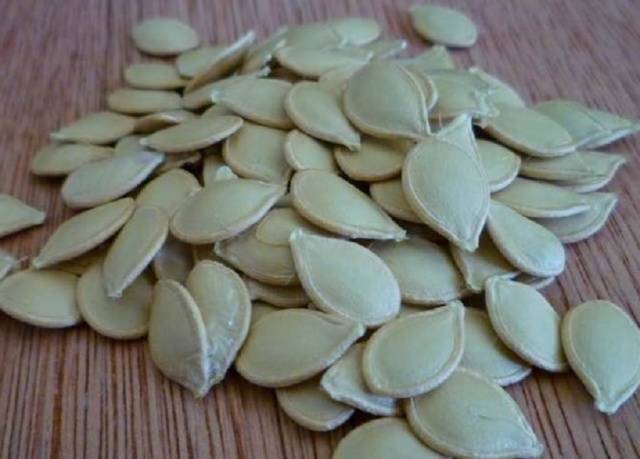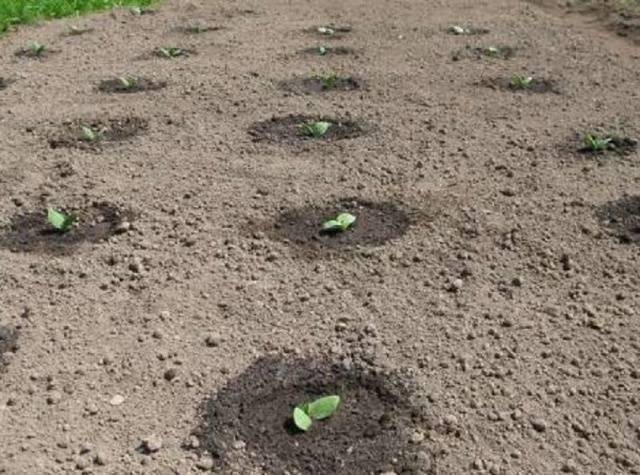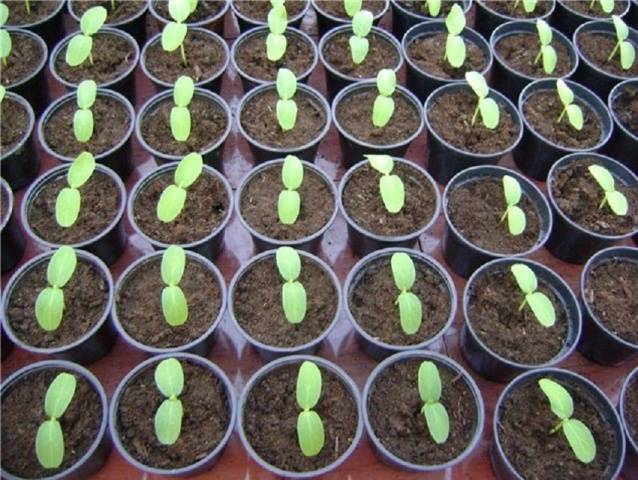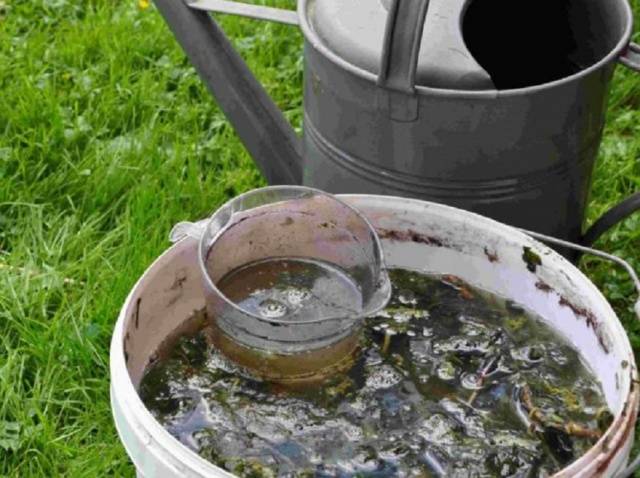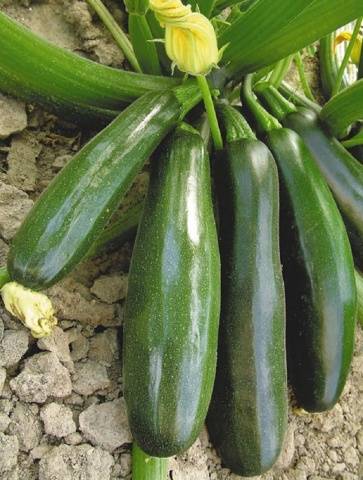Content
According to gardeners, zucchini can be called the most rewarding vegetable. With minimal maintenance, the plants produce an excellent harvest of tasty fruits. Zucchini zucchini belongs to the zucchini group. This type of zucchini is characterized by good keeping quality. Zucchini have a green color of different shades, which outwardly differs sharply from white-fruited zucchini.
Growing problems courgette zucchini "Tsukesh" almost never happens, and the return of culture is very high. The zucchini variety grows in all regions of Russia - in the south and north, in Siberia and the Urals, in the Far East and in the middle lane.
Use and description
Zucchini "Tsukesha" attracts the attention of gardeners for its nutritional properties and versatility. Its low calorie content and composition of nutrients are most appreciated. 100 g of "Tsukesha" zucchini pulp contains 23 kcal, which allows you to use "Tsukesha" in your diet. Fruits are rich in useful acids - folic, nicotinic, malic and contains a whole spectrum of vitamins.
In addition, the "Tsukesha" zucchini variety contains microelements that are important for the body:
- zinc;
- molybdenum;
- lithium;
- magnesium;
- calcium;
- potassium and other useful components.
Another reason for the popularity of the Tsukesha variety is its versatility in cooking. There are so many recipes for dishes that sometimes it is impossible to choose the best one. "Tsukesha" has a pleasant taste, therefore, canned dishes become richer if you add zucchini to the preparation.
It is important for gardeners to know the main characteristics of the "Tsukesh" marrow, and how much the result obtained corresponds to the description of the variety.
First, it should be said about the parameters of the plant. "Tsukesha" is a bush squash without lashes, it grows compactly and does not take up much space. Therefore, even in small areas, you can, without prejudice to other crops, allocate space for 3-4 Tsukeshi bushes. And this means that there will be enough fruit not only for the summer, but also for the winter.
But there are nuances.
At the end of the storage period:
- zucchini become coarser;
- a void forms inside the fruit;
- the peel is difficult to peel.
According to summer residents, the zucchini zucchini "Tsukesha" retains its qualities well for 2-3 months after harvesting.
Fruiting lasts a long time, until frost. A feature of the variety is the need to regularly collect fruits. In this case, new ones are formed very quickly. If you do not allow the zucchini "Tsukesh" to grow to a huge size, then the number of new ovaries will increase significantly.
The yield of the "Tsukesha" variety is high. From 1 sq. m of planting area according to the description of the variety, you can collect from 8 to 12 kg of zucchini "Tsukesha". And the real result depends on the growing conditions and the quality of plant care. According to reviews, careful observance of the simple requirements of agricultural technology increases the yield of the "Tsukesha" marrow several times (see photo).
The fruits of zucchini "Tsukesha" change their color during the growing season. Juveniles are colored dark green and then covered with light green specks. In the stage of maturity, they turn yellow, some acquire an orange tint. The size of one zucchini "Tsukesh" ranges from 30 to 40 cm, the weight of large specimens reaches 900 g. The skin of the zucchini is tender, the pulp is tasty and juicy. Zelentsy up to 20 cm in size do not yet have formed seeds inside; when cutting them, they are not cleared from the core.
The ovaries are formed under the outlet, so the bushes are very compact.
The leaves are large. The leaves of the zucchini "Tsukesh" have white spots on a dark green background (see photo).
This is not a manifestation of the disease, but a varietal feature.
The flowers are also large and bright.
There are female and male on the same plant.
Zucchini ripens early. The first fruits are already ready for consumption 45-50 days after the emergence of sprouts. The more often the zucchini is harvested, the more new ovaries the bush will form.
Zucchini "Tsukesha" perfectly tolerate transportation, as evidenced by the reviews of summer residents and farmers.
More clearly in the video:
Growing features
Zucchini variety "Tsukesha" is grown in two ways. Most often, the seeds are simply sown in the ground when suitable weather conditions occur. But in the northern regions, and when you want to get tasty greens early, they grow seedlings.
Before proceeding with sowing in the soil, choose a place taking into account the requirements of crop rotation.
Late cabbage is also not the best predecessor for zucchini "Tsukesha". The variety grows well on ridges where potatoes, garlic or onions, legumes or early cabbage were grown.
The early ripening variety of zucchini is sown immediately into the ground when the threat of return frosts has passed and the soil warms up. Tsukeshe's cold is bad. Seeds will not sprout in cold ground. Another requirement of the zucchini is prepared soil:
- Loam, compost or humus are added to the peat bog.
- Part of the sod land, peat, a little humus and sawdust are added to the sandy soil.
- For loam and clay soil, it will be necessary to enrich it with peat, sand, humus and sawdust.
Additionally, the earth is dug up, fertilizers are applied (urea 50 g / sq. M) and ash (0.5 l). Some gardeners practice growing zucchini "Tsukesha" on compost heaps. A small layer of earth (30 cm) is poured on top of the heap and seeds are sown. The zucchini variety grows well and at the same time decorates the future fertilizer. At the same time, it is important that the pile is located in a sunny place without stagnant water and not dung. Fresh manure for zucchini is unacceptable.
Sowing in the ground
Seeds of zucchini "Tsukesha" need to be prepared for sowing, especially if the year of their harvest is unknown.
The easiest way is to germinate them in a damp cloth. You can add sodium or potassium humate to the water. Sprout zucchini seeds until sprouts appear. Longer ones can be broken at the time of landing. Then the seeds are placed in the refrigerator for a day. Such a hardening technique will increase the resistance of the "Tsukesha" squash to weather fluctuations. This is important in the regions of Siberia and the Urals.
Planting scheme of seeds of zucchini "Tsukesha" - 50 cm x 70 cm.
Experienced vegetable growers put 2 seeds in one hole. So you can be sure that seedlings will appear in the hole. A hole is prepared with a diameter of 20 cm and a side is made. Seeds of zucchini zucchini "Tsukesha" are buried 3 cm, covered with a layer of soil and watered. A layer of mulch is immediately placed in the hole, which will protect moisture from evaporation. With mulch, watering is not needed until sprouts appear.
More about landing on video:
The optimum temperature at which the zucchini "Tsukesha" develop well is + 25 ° С. Therefore, vegetable growers cover crops with foil or plastic bottles to create suitable conditions.
Growing seedlings
It is not difficult to grow zucchini seedlings.
Seedlings grow well in purchased soil for vegetable seedlings or in a mixture of peat and humus. For planting containers, take plastic cups or containers. Be sure to make drainage holes.
The containers are filled with soil, which is then moistened. The seeds of "Tsukeshi" are deepened by 2 cm and the container is covered with foil. Small cups are placed in a large box so that the squash seedlings can be easily carried. Conditions for good development of Zucchini zucchini seedlings "Tsukesha":
- temperature 18 ° C-24 ° C;
- humidity 70%;
- watering - once a week;
- lowering the temperature to 20 ° C when the first leaf appears;
- feeding 2-3 times during cultivation.
More details need to be said about feeding seedlings. According to the description of the variety and reviews of gardeners, the feeding schedule for the "Tsukesh" squash seedlings should be as follows:
- One week after seed germination.
- 10 days after the first feeding.
Suitable preparations "Bud" (2 g), "Effecton" (1 tsp) or nitrophoska. For one plant, 0.5 - 1 glass of solution is enough. In the 4-leaf phase, the seedlings of "Tsukesha" squash are planted in the ground.
Adult plant care
Tsukesha squash care consists of traditional vegetable items. But there is a small peculiarity. The plant has large leaves, under which it is always cool, damp and dark. Because of this, the ovaries sometimes rot.
Zucchini needs proper care:
- Watering. Culture absorbs a lot of water. The "Tsukesha" variety sets a large number of fruits, the bush grows with a voluminous green mass. To avoid harm, cover the soil under the bush with dry grass or straw. Young zelents will not touch the ground and will remain intact. Water only at the root and as needed. Leaves can be irrigated during hot dry periods. One plant needs 10 liters of water. Try not to water the Tsukesh zucchini with cold water.
- Thinning of foliage. An important event in the cultivation of zucchini "Tsukesha". Leaves that fall on the soil are cut with pruning shears. It is permissible to remove 2-3 sheets in one cut. Therefore, the procedure is repeated regularly. This technique not only improves the illumination and ventilation of the bush, but also makes it easier for the bees to find flowers.
- Feeding. When growing on compost heaps or on soil that has been well fertilized in advance, it is not necessary to feed the zucchini of the "Tsukesha" variety. If the land is scarce or fertilizers were not applied, then the bushes are fed with organic matter. Tsukeshi fruits grow quickly, so it is better not to use chemicals. Otherwise, you will have to take them for food. According to gardeners, an infusion of herbs prepared as in the photo is best suited for the "Tsukesh" marrow.
Insist chopped greens for 1-2 weeks, then add 2 liters of infusion to the garden watering can and water the zucchini. Another "favorite" zucchini remedy - infusion of bird droppings or mullein. Be sure to combine any top dressing with watering, and at the end of the procedure, the leaves are washed with clean water. The first time the plants are fed in the 4-leaf phase, then at the time of flowering. The next feeding is done every 2 weeks. - Collection of fruits. They are carried out regularly so that new ovaries are formed constantly. Those zucchini that are planned to be left for storage are not removed from the ridges until a dense rind is formed.
Among the pests for zucchini "Tsukesh", the danger is slugs, spider flares and sprout flies. When parasites are found, wood ash, infusion of onion husks, garlic or chemical preparations ("Iskra", karbofos, "Intavir") are used.
Zucchini can be affected by powdery mildew. To prevent the occurrence of problems, you need to carefully follow the requirements of agricultural technology:
- observe crop rotation;
- provide ventilation and optimal lighting;
- avoid overflow;
- inspect the bushes regularly.
In this case, the zucchini "Tsukesha" on the site will exactly match the photo and description.
